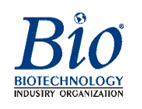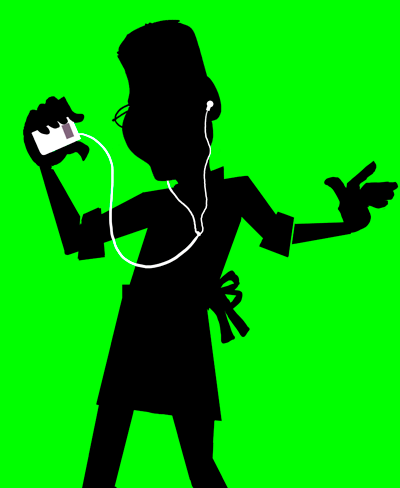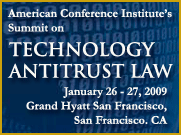In a session on Case Law Updates, a panel discussion at the the BIO Intellectual Property Counsel Committee’s Fall Conference and Committee Meeting brought up that there was previously a lot of attention on infringement but lately it has been off radar except for joint joint infringement.
Joint infringement comes up as a big issue in method claims and devices. Medical device inventions often have critical method claim that involve a combination of steps by more than one of :
- Device company;
- Doctor; and/or
- Patient.
It had generally not been necessary for the acts that constitute infringement to be performed by one person or entity. When infringement results from the participation and combined action(s) of more than one person or entity, they are all joint infringers and jointly liable for patent infringement.
The basic principal being that infringement of a patented process or method cannot be avoided by having another perform one step of the process or method. Where the infringement is the result of the participation and combined action(s) of one or more persons or entities, they are joint infringers and are jointly liable for the infringement.
In MuniAuction v. Thomson, a case involving a patent directed to electronic methods for conducting “original issuer auctions of financial instruments,” the case stands for the premise that where the difference in claims over the prior are was “do on the internet,” it is clear that merely doing something over internet instead of in reality, not a patentable distinction over land-based activities.
But, the case also showed that one needs one party to infringe or, if two parties, one party must control the other party. The question that comes up is would technological control be enough?
It is a Vicarious liability standard where a mere arms length cooperation will not give rise to direct infringement. The claim is directly infringed only if one party exercises “control or direction” over the entire process such that every step is attributable to the controlling party i.e., the evil mastermind standard.
The Federal Circuit stated thusly:
The control or direction standard is satisfied in situations where the law would traditionally hold the accused direct infringer vicariously liable for the acts committed by another party that are required to complete performance of a claimed method.
The law would traditionally hold the accused direct infringer vicariously liable for the acts committed by another party that are required to complete performance of a claimed method. But, often incredibly difficult to prove direct infringement. Now, need to show vicarious liability.
How avoid this result? Try to get infringement of at least one claim without requiring multiple parties to come up with infringement. One way is to try to have what amounts to a system claim.
In RIM v. NTP, NTP had system claims. Since the Blackberry relay was all in Canada, the court said the method claims were not infringed for that reason. But, NTP had system claims and the court looked at 35 USC 271, which states:
[W]hoever without authority makes, uses, offers to sell, or sells any patented invention, within the United States, or imports into the United States any patented invention during the term of the patent therefor, infringes the patent.
So, although the system was out of US, the beneficial use of the system is within the US.
Therefore, while joint infringement can be established where one party performs some/most of the steps of a patented process and the other steps are performed at the first party’s direction, the recommendation now is to ensure you at the very least have a claim drafted in a manner that all of the steps of the claimed method can be performed by a single infringer.

 In a session on Case Law Updates at the the BIO Intellectual Property Counsel Committee’s
In a session on Case Law Updates at the the BIO Intellectual Property Counsel Committee’s 

 There has been a lot of activity at the Supreme Court and at the PTO in the last year. The increase in litigation increases the cost of pursuing patents and the serious pitfalls companies will face if they are not careful.
There has been a lot of activity at the Supreme Court and at the PTO in the last year. The increase in litigation increases the cost of pursuing patents and the serious pitfalls companies will face if they are not careful. Pointing out that Senators Obama and McCain agree on the need for affordable biologic medicines,
Pointing out that Senators Obama and McCain agree on the need for affordable biologic medicines, 